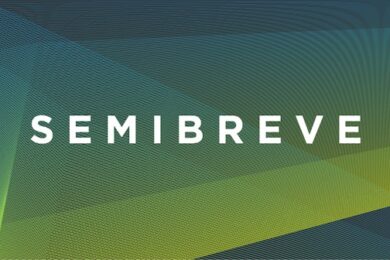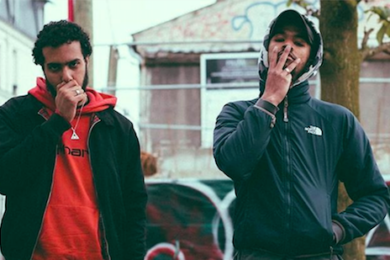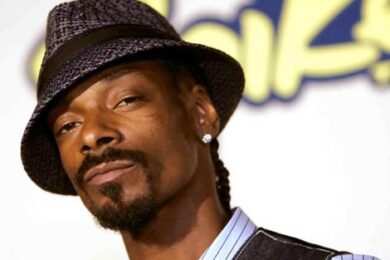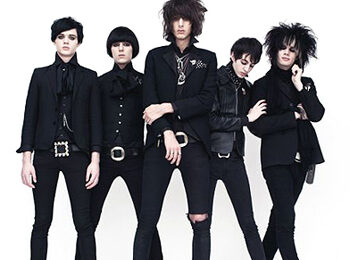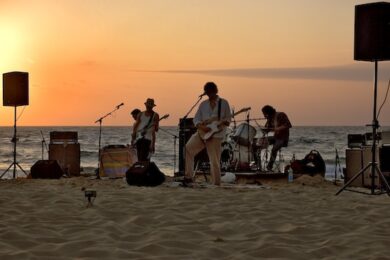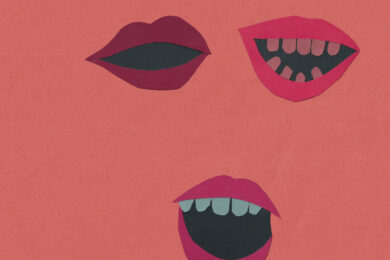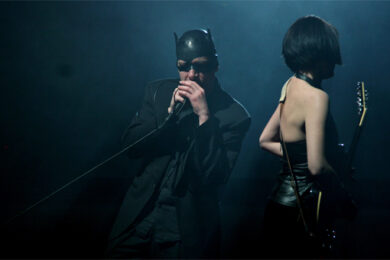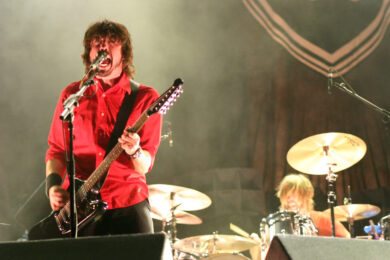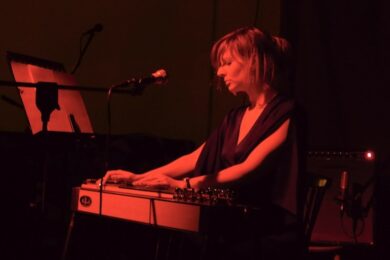In August 1987, One Little Indian released The Sugarcubes’s song ‘Birthday’, a charming and intimate account of odd habits in a bizarre relationship – “she scratches his beard” and “[he] sews a bird in her knickers”. The precursor to the band’s debut album Life’s Too Good was praised as a single of the week by NME and the British music press’ focus on The Sugarcubes introduced Iceland’s game-changing indie-pop outfit to an audience beyond its rocky shores.
Although the land of ice and fire has been on the map of music enthusiasts for a long time, acts from the pre-Sugarcubes era are less well known. Punk arguably arrived in the country two years later than in the Anglophone world, though with no less mythologising: in May 1978, The Stranglers played their first-ever show in Reykjavik which, legend has it, made a similar impact on the local scene to that of The Sex Pistols’ gig in Manchester’s The Lesser Free Trade Hall in June 1976. According to the contemporaries, half of those went to Laugardalshöll (Reykjavik’s Sports Hall) to see The Stranglers later formed their own bands.
The country’s small population meant many of these collectives often featured the same members. Thus, the line-up of The Sugarcubes is also associated with at least three pivotal post-punk/new wave/anarcho-punk bands: Purrkur Pillnikk, Þeyr and Kukl (not to forget Björk’s first punk venture Tappi Tíkarass).
Although the artistic hurly-burly was (and still is) largely associated with Reykjavik, some other notable bands originated from neighbouring Kópavogur, though the scenes didn’t always overlap. The Reykjavik movement, based around collectives like Fan Houtens Kókó and Bruni BB, tended to go further into the realm of avant-garde art, while the likes of Purrkur Pillnikk, Þeyr and Kukl pushed towards new wave while also embracing the passionate anger of anarcho-punk. In this issue of Organic Intelligence, we attempt to embrace the diversity of the Icelandic scene from the inception of local punk to the formation of The Sugarcubes in 1986.
Purrkur Pillnikk – ‘Vaterland’
The original line-up of this venerable collective featured Bragi Ólafsson, Einar Örn Benediktsson, Ásgeir R. Bragason and Friðrik Erlingsson. The band’s intensity and original sound attracted like-minded English mavericks The Fall, with whom Purrkur Pillnikk (the name translates as “Sleepy Chess-Player”) toured Britain in 1982. One of the outstanding tracks from the collective’s 1981 debut Ekki Enn is ‘Vaterland’, an articulate and powerful commentary on nationalism. “That lyric came from being nationalistic and how nationalism can in the end get you killed”, Einar Örn told the author earlier this year. This song and other material have just been reissued on Orð fyrir dauða, a c…



